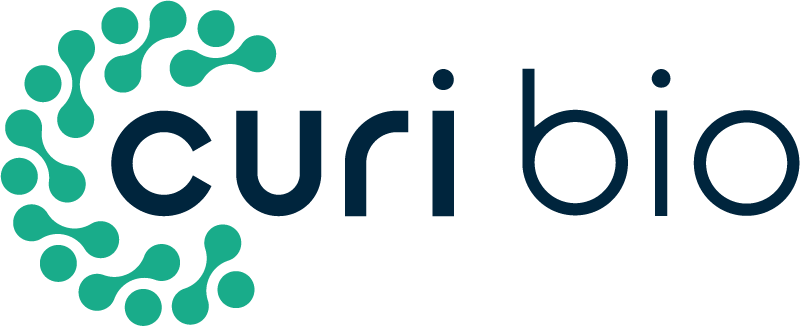A Nanotopography Approach for Studying the Structure-function Relationships of Cells and Tissues
Kshitiz, Junaid Afzal, Sang-Yeob Kim, Deok-Ho Kim (1) – (1) University of Washington | Cell Adhesion and Migration, 8(4), Pages 1–8(2015)
Abstract: Most cells in the body secrete, or are in intimate contact with extracellular matrix (ECM), which provides structure to tissues and regulates various cellular phenotypes. Cells are well known to respond to biochemical signals from the ECM, but recent evidence has highlighted the mechanical properties of the matrix, including matrix elasticity and nanotopography, as fundamental instructive cues regulating signal transduction pathways and gene transcription. Recent observations also highlight the importance of matrix nanotopography as a regulator of cellular functions, but lack of facile experimental platforms has resulted in a continued negligence of this important microenvironmental cue in tissue culture experimentation. In this review, we present our opinion on the importance of nanotopography as a biological cue, contexts in which it plays a primary role influencing cell behavior, and detail advanced techniques to incorporate nanotopography into the design of experiments, or in cell culture environments. In addition, we highlight signal transduction pathways that are involved in conveying the extracellular matrix nanotopography information within the cells to influence cell behavior.
Keywords: nanotopography, extracellular matrix, structure-function, tissue engineering, cell biology
Materials & Methods: We recapitulated the highly anisotropic collagen fiber bundles seen in heart muscle (Fig. 3A) using capillary force lithography (CFL) to form a scalable polymeric nanogrooved pattern (Fig. 3B–C). [20] Engineering techniques used to study topographical cues can directly provide guidance cues on which cells can track. Metastatic cancer cells can migrate, as well as remodel the collagen fibrils (Fig. 3D), [21] while even immune T cells respond to the underlying nanotopography in combination with biochemical ligand based stimulation (Fig. 3E). 6 Nanotopographical features also structurally and functionally mature cardiac progenitors, [29] and skeletal muscle satellite cells. [30] We also found that adult mesenchymal cells could be directed toward adipogenesis or osteogenesis depending on the features of nanotopographical cues, facilitating creation of a mosaic tissue with spatial control of cell lineage. [28]
Microscopic Technique: Scanning Electron Microscope
Cell Type(s): Extracellular Matrix, T cells

